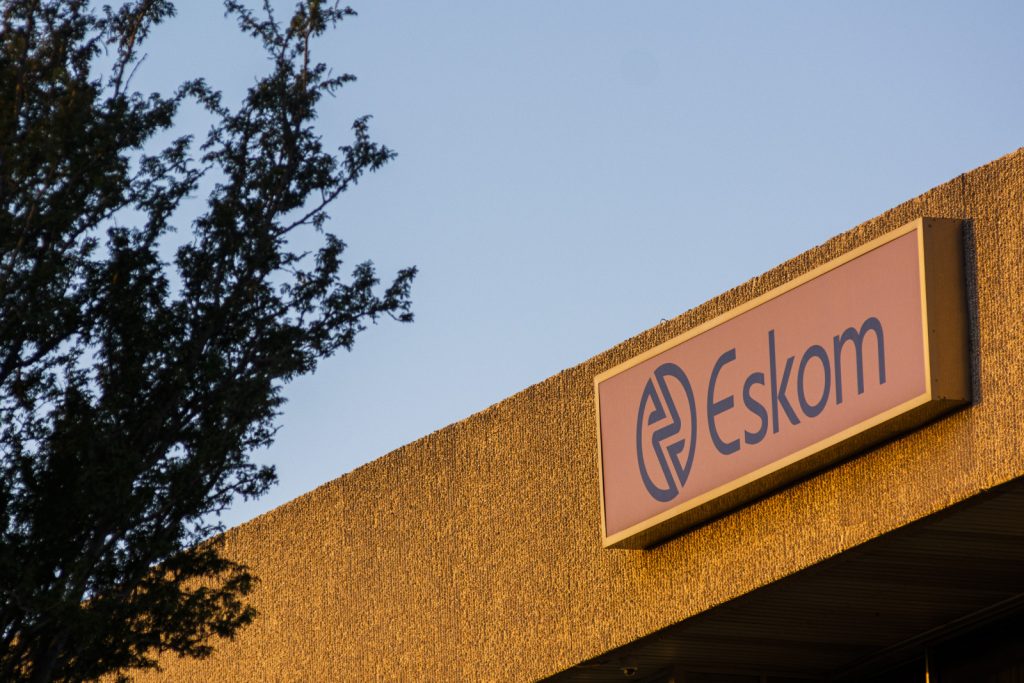

Eskom has announced a staggering loss of R23.9 billion for the financial year ended March 2023, caused in part by a significant increase in load-shedding, a growing municipal debt burden, and soaring losses attributed to criminal activities.
The figure has doubled since the previous year when the power utility recorded a R11.9 billion loss.
The utility had to implement load-shedding on 280 days, compared with 65 days in the 2021-22 financial year, acting chief executive Calib Cassim said.
“We are now sitting at 202 load-shedding days in [2023-]2024. If Eskom is to not exceed 280 days this year, we will have to not have load-shedding for at least half the days during each of the next five months. This will be tough, but it is what we are trying to achieve,” Cassim said.
He added that load-shedding saw energy sales decline by 5%, while spending on diesel to run open-cycle gas turbines (OCGT) was R29.7 billion, an increase of 50%, for the year.
“Load-shedding placed pressure on the cost of production, especially in running the OCGTs, which come at an enormous extra cost of almost R30 billion and which filtered through the financial performance.”
The utility’s loss for the year comes despite a 9.61% electricity tariff increase and a R21.9 billion bailout from the treasury, which was approved for the utility to increase its revenue generation potential.
Cassim said Eskom also earned less revenue than anticipated as a result of not recovering electricity payments.
The year was characterised by a significant deterioration in performance, including a steep decline in its energy availability factor to 56.03% from 62.02% in 2022, Cassim noted.
He added that criminality and irregular expenditure also contributed to the R6 billion “material losses”.
Eskom said it incurred R105 million of new expenditure categorised as fruitless or wasteful, R2 million of which was recovered.
Other losses include R344 million related to theft and damage to equipment, R81 million attributed to fraud and corruption and R5.6 billion linked to “non-technical losses”.
Mounting debt is still a big problem for Eskom, weighing on its money-generation potential. Eskom said its debt stock swelled to R423.9 billion, an increase of about 7%, as a result of the weakening rand and additional borrowing.
Cassim previously told the Mail & Guardian that Eskom was in a fragile financial position and would need to have a conversation with the treasury regarding its plans for a healthy balance sheet as it continues to struggle to collect revenue from municipalities.
On Tuesday he said municipal debt had continued to increase to unsustainably high levels, amounting to R58.5 billion in 2022-23 compared with R44.8 billion in 2021-22.
Eskom acting chief financial officer Martin Buys said that with the inflow of debt relief payment from the treasury over the next three years the utility’s gross debt was expected to reduce by about 40% over the next five years to R270 billion. “The trick will then be to make sure we maintain it at that level,” he said.
Buys added that Eskom still has to place orders for parts a couple of years in advance for the big power stations. “Because we can now support our debt-servicing cost we can start placing lead orders long in advance,” he said.
Cassim said the 2022-23 financial year would be the last year that Eskom posts significant financial losses once the full debt relief programme from the treasury is delivered, and the utility starts recovering arrear payments from municipalities.
He added that Eskom expected to start seeing a turnaround in its financials by 2025.
“It is critical that Eskom’s performance does change. We are confident that we will turn around the operational performance, and we believe financials will then improve by end-March 2025.”